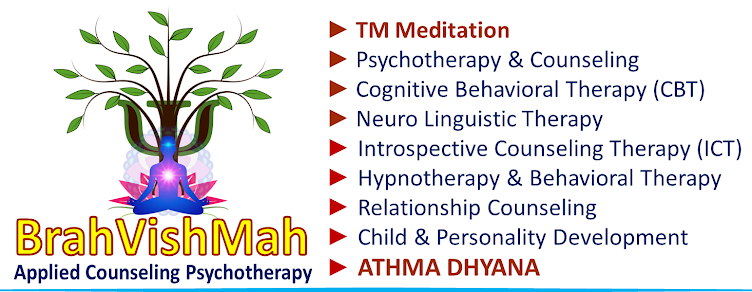Neuro Linguistic Program is the practice of understanding how people organize their thinking, feeling, language and behavior to produce the results they do
It provides people with a methodology to model outstanding performances achieved by geniuses and leaders in their field
It is also used for personal development and for success in business
It is a psychological approach that involves analyzing strategies used by successful individuals and applying them to reach a personal goal
It relates thoughts, language, and patterns of behavior learned through experience to specific outcome
Proponents of NLP assume all human action is positive. Therefore, if a plan fails or the unexpected happens, the experience is neither good nor bad—it simply presents more useful information
Modeling, action, and effective communication are key elements of neuro-linguistic programming
The belief is that if an individual can understand how another person accomplishes a task, the process may be copied and communicated to others so they too can accomplish the task
Fundamental Process of NLP
Modeling, action, and effective communication are key elements of neuro-linguistic programming
The belief is that if an individual can understand how another person accomplishes a task, the process may be copied and communicated to others so they too can accomplish the task
Proponents of neuro-linguistic programming propose that everyone has a personal map of reality
Those who practice NLP analyze their own and other perspectives to create a systematic overview of one situation
By understanding a range of perspectives, the NLP user gains information. Advocates of this school of thought believe the senses are vital for processing available information and that the body and mind influence each other
Neuro-linguistic programming is an experiential approach. Therefore, if a person wants to understand an action, they must perform that same action to learn from the experience
Application of NLP
An individual’s map of the world is formed from data received through the senses
This information can be auditory, visual, olfactory, gustatory, or kinesthetic
NLP practitioners believe this information differs individually in terms of quality and importance, and that each person processes experiences using a primary representational system (PRS)
For an NLP therapist to work effectively with a person in treatment, the therapist must attempt to match that individual’s PRS to use their personal map
NLP practitioners believe it is possible to access representational systems using cues, such as eye movements
NLP therapists work with people to understand their thinking and behavioral patterns, emotional state, and aspirations
By examining a person’s map, the therapist can help them find and strengthen the skills that serve them best and assist them in developing new strategies to replace unproductive ones
This process can help
individuals in therapy reach treatment goals




No comments:
Post a Comment